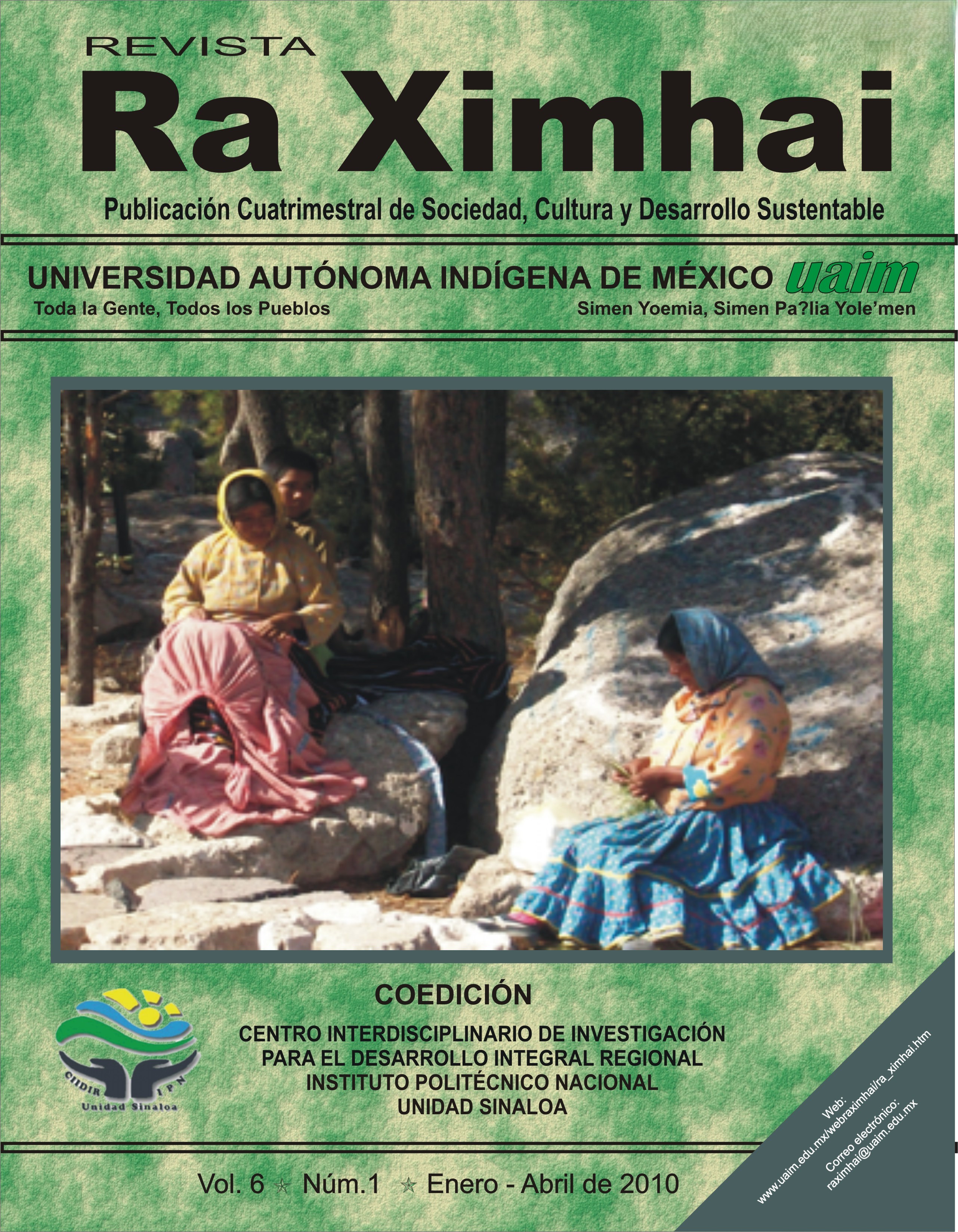Potential and environmental risk of bioenergy in Mexico
DOI:
https://doi.org/10.35197/rx.06.01.2010.08.jmKeywords:
biodiesel, bioethanol, hydrogenAbstract
A study is presented on the potential and environmental risk of the main biofuels: bioethanol, biodiesel and hydrogen in Mexico, specifically in Sinaloa. The advantages of algae over other inputs for the production of these biofuels are discussed. Biofuels have an impact: Economically. - By reducing costs and improving product quality, providing energy independence and improving competitiveness. Environmentally. - By reducing gas emissions and creating recyclable and biodegradable products. Socially. - They help the growth and diversification of the rural economy. The production of biofuels on a commercial scale may be feasible in Mexico and Sinaloa when technical, economic and environmental aspects are considered and there is agreement with the agricultural and agro-industrial sectors. The following are recommended for biodiesel production: Jatropha, algae, salicornia, moringa, oil palm, castor oil and used oil. For the production of bioethanol: algae, sweet sorghum, agricultural and municipal waste, giant grass and maguey and to produce hydrogen: algae native to the State of Sinaloa.
Downloads
References
Barriga, C. C. 2001. Biocombustibles: Nueva alternativa para el mundo. VI Congreso de Economistas Agrarios de Chile.
Behera B. K., R. Balasundaram., K. Gadgil and D. K. Sharma. 2007. Photobiological Production of Hydrogen from Spirulina for Fueling Fuel Cells. Energy Sources. Part A: Recovery, Utilization, and Environmental Effects. 29(9):761-767.
Converti A., A. A. Casazza., E.Y. Ortiz., P. Perego and M. del Borghi. 2009. Effect of temperature and nitrogen concentration on the growth and lipid content of Nannochloropsis oculata and Chlorella vulgaris for biodiesel production. Chemical Engineering and Processing. 48:1146-1151.
COR. 2009. Comprehensive Oilgae Report. Oilgae- Home of Algal Energy. C3B, Anugraha Apartaments 41 Nungambakkab High Road Tamilnadu, India. Disponible en: www.oilgae.com
Foidl N, G., M. Sánchez., M. Mittelbach and S. Hackel. 1996. Jatropha curcas L. as a source for the production of biofuel in Nicaragua. Bioresource Technology USA. 58: 77-82.
Guanstone F D, J. L. Harwood and F.B. Padley. 1994.
The Lipid Handbook. USA. 850 p.
Ishii Y., and R. Takeuchi. 1987. Transtesterified curcas oil blends for farm diesel engines. Trans. Am. Soc. Agric. Eng. 30(3):605-609.
Knothe G., Gerpen V. J., Krahl J., Van G. I. 2008. Biodiesel Handbook. AOCS Press, Urbana. Illinois USA.
Martínez-Herrera J. 2007. El piñon mexicano: una alternativa bioenergética para México. Revista Digital Universitaria. México. 8(12):1- 10.
Ramos L. P., and H. M. Wilhelm. 2005. Current Status of Biodiesel Development in Brazil Applied biochemistry and biothechnology. 123(1-3):807-819.
Rosenberg J. N., G.A. Oyler., L. Wilkinson and M. J. Betenbaugh. 2008. A green light for engineered algae: redirecting metabolism to fuel a biotechnology revolution. Current Opinion in Biotechnology. 19:430-436.
Secretaría de Energía SENER/BID/GTZ. 2006. Potenciales y viabilidad del uso de bioetanol y biodiesel para el transporte en México. México, D.F.
Scott, A., and B. Michaelle. 2006. Alternative Biofuels: Rolling out Next-Generation Technologies. Chemical Week. December 20, 2006.
Takeda, Y. 1982. Development study on Jatropha curcas (sabu dum) oil as a substitute for diesel engine oil in Thailand. J. Agric. Assoc. China. 120:1-8.
Tyson K. S., J. Bozell., R. Wallace., E. Petersen and
L. Moens. 2004. Biomass oil analysis: Research needs and recommendations. National Renewable Energy Laboratory. NREL/TP 510-34796. Colorado, USA.
Downloads
Published
How to Cite
Issue
Section
License
Copyright (c) 2010 Jorge Montiel Montoya

This work is licensed under a Creative Commons Attribution-NonCommercial 4.0 International License.
Usted es libre de:
- Compartir — copiar y redistribuir el material en cualquier medio o formato
- Adaptar — remezclar, transformar y construir a partir del material
- La licenciante no puede revocar estas libertades en tanto usted siga los términos de la licencia
Bajo los siguientes términos:
- Atribución — Usted debe dar crédito de manera adecuada , brindar un enlace a la licencia, e indicar si se han realizado cambios . Puede hacerlo en cualquier forma razonable, pero no de forma tal que sugiera que usted o su uso tienen el apoyo de la licenciante.
- NoComercial — Usted no puede hacer uso del material con propósitos comerciales .
- No hay restricciones adicionales — No puede aplicar términos legales ni medidas tecnológicas que restrinjan legalmente a otras a hacer cualquier uso permitido por la licencia.








